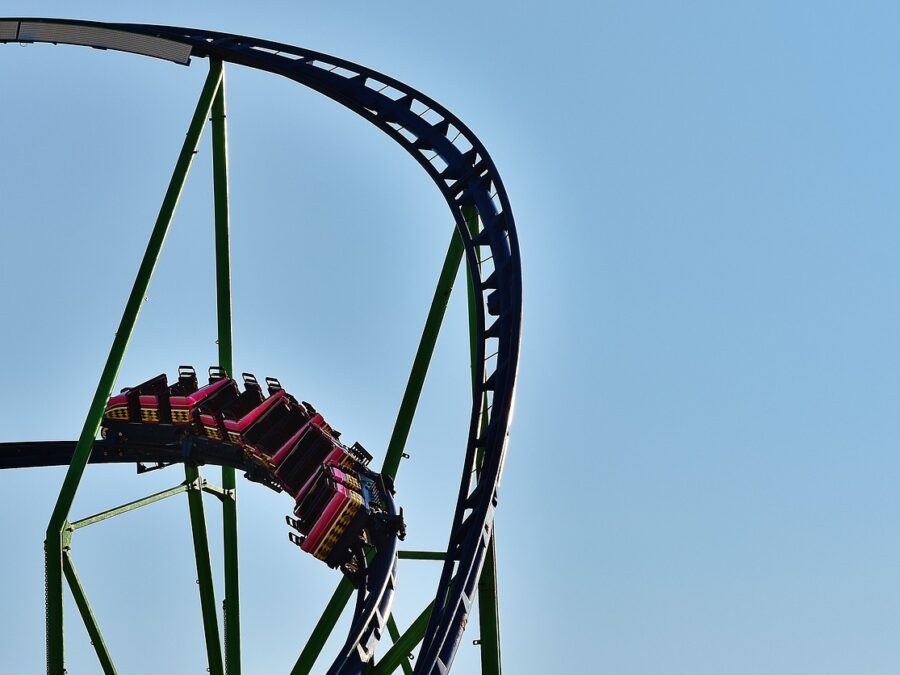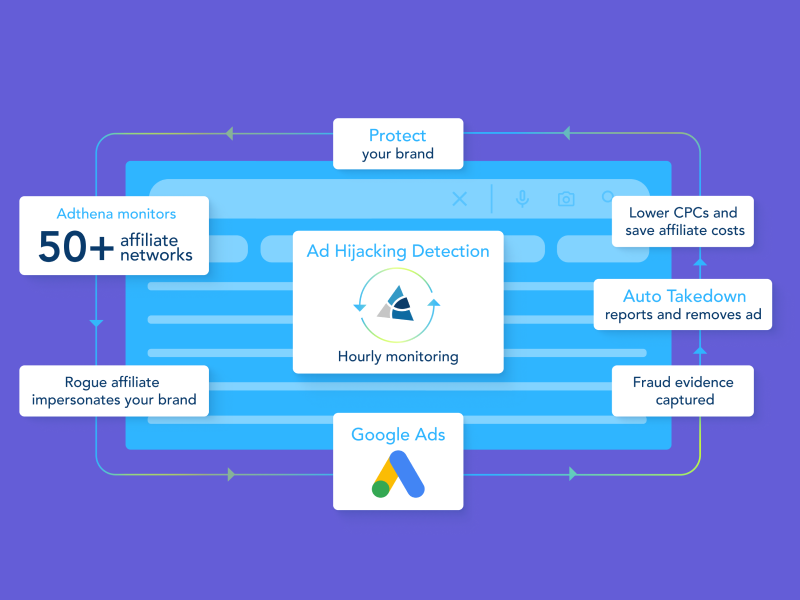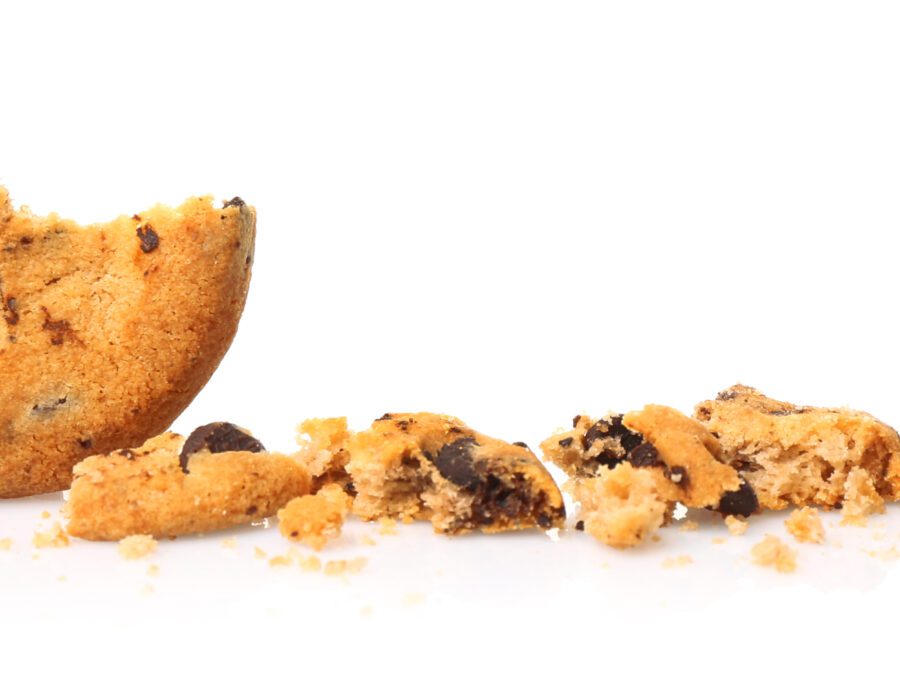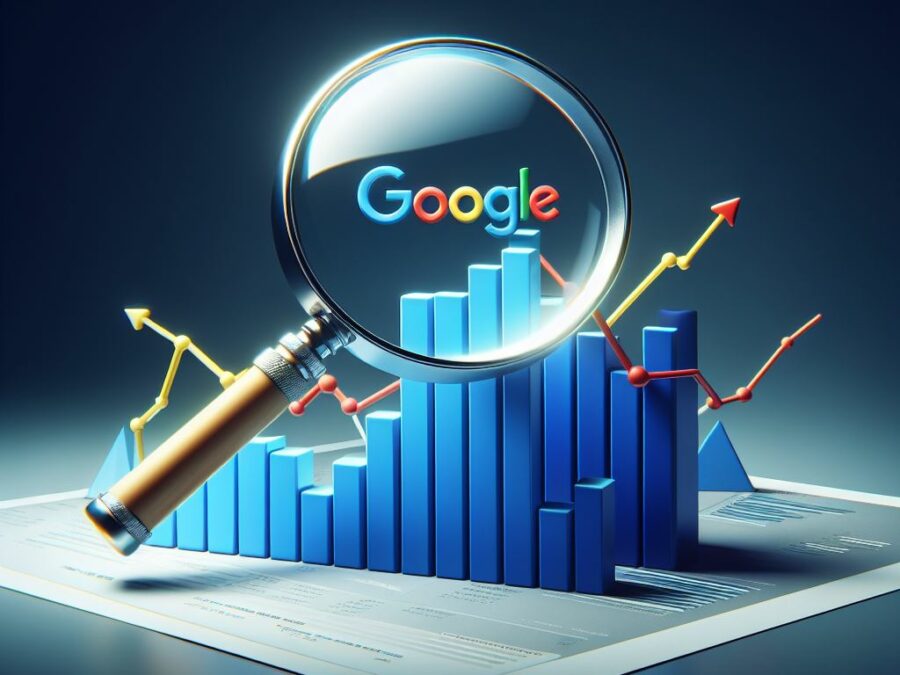In 2019, the Google Ads search advertising platform got some much-needed updates. This required marketers to up their game in terms of relevancy of content and ad copy. It was a transitional year in many ways, laying the groundwork for bigger changes to come. Here’s a look at where we are now, and some predictions for what’s to come in 2020.
Google lays the foundation for change:
- Hello new keyword planner: In early 2019, Google Ads focused on transitioning advertisers from its old keyword planner tool to its latest powerhouse version (where users can manage all their search ad campaigns). They did this all while experimenting with a number of new features along the way.
- Goodbye Average Position: The most notable move of the year was the sunsetting of Average Position. Advertisers didn’t welcome the change because it meant measuring performance based on how many ads reach the top of the page.
- The BERT bombshell: Google’s biggest algorithm update in years, BERT utilizes natural-language processing to understand user searches and provide relevant results. Great for consumers, the change left advertisers scrambling to update campaigns and salvage budget.
- The cookie crumbles: Google finally announced the end of third-party cookies on the Chrome browser, deeming a number of bid management tools irrelevant. This forced advertisers to rely even more on relevance vs. retargeting and cookie-based ads.
With BERT now in full swing and the era of the cookie coming to a close, Google is focusing its attention on building an ecosystem where consumers are the center of everything. To capture this new breed of Google user, advertisers will need to be smarter and even more relevant than ever before.
The forecast for 2020:
- New text-link features: From the not-so-secret rollout of text-link features, it’s likely we’ll see changes to logo and image capabilities on text-link ads. We’ll also see new formats and feature updates on text ads.
- More formats: Expect more ad formats to become available as search continues to become more like display. For example, this could include video, carousel on PLAs (Google Shopping), and more side-panel formats.
- New targeting models: As part of the departure of cookies, Google will likely roll out new models to allow advertisers to target and reach relevant audiences within the ecosystem, reinforcing their reputation as a ‘walled garden.’
- Relevance dominates: The relevancy of content and copy is now king at Google, as it is elsewhere. Google’s efforts to provide a better, more tailored experience to users will effectively neutralize irrelevant ads and spray-and-pray tactics. Good riddance.
How can you prepare?
With changes coming, advertisers need the right information at the right time to confidently optimize their PPC campaigns and budgets. Any Google change creates a risk of lost budget, lost share of clicks, and lost share of the market. So the sooner and more strategically you can respond, the better you can mitigate these risks and protect performance
The bottom line? In 2020, it’s more important than ever to stay on top of your market and competitors, understand their strategies and tactics, and proactively safeguard the performance of your PPC campaigns.
Visit the Paid Search Campaign Hub
For more insights to help you boost performance visit our Resource Hub.




